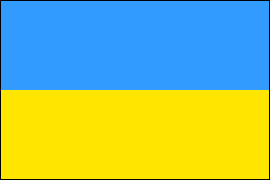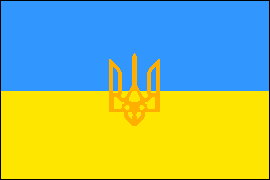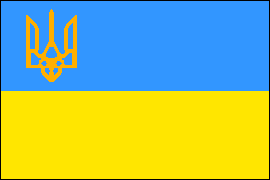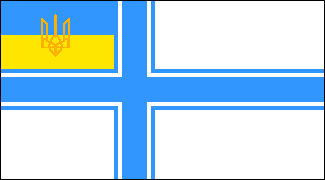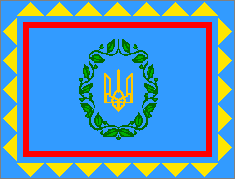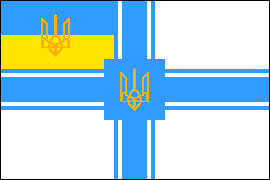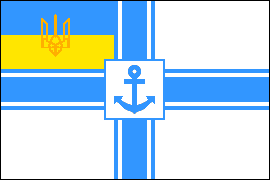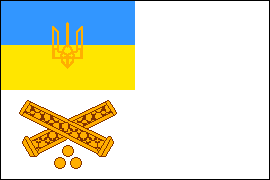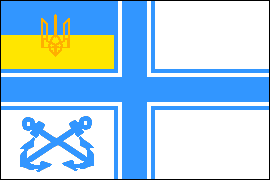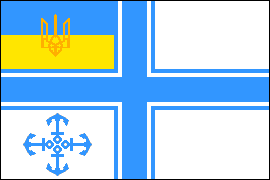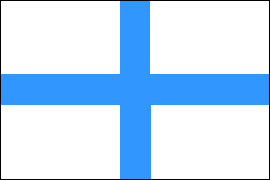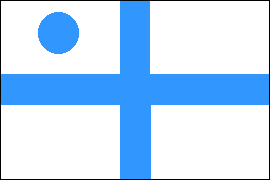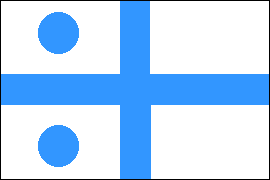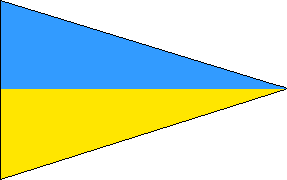|
UKRAINIAN PEOPLE'S
REPUBLIC |
|
|
|
MILITARY & NAVAL FLAGS • 1918-21 |
|
Notes |
|
The chaotic
conditions prevailing in Eastern Europe in the final months of the
Great War enabled Ukraine to attain a precarious independence. The
new state, made of of former Russian and Austro-Hungarian territory,
was formed in 1917. At first Ukraine expected to join a new,
federated Russian Republic but the Bolshevik seizure of power
scotched this idea and the Ukrainian leaders decided on full
independence, proclaiming the Ukrainian People's Republic (UPR) on
20 November 1917. The first flag of independent Ukraine, adopted in
1917, was horizontally divided, yellow over blue, colors long
associated with the Ukrainian people. In 1918, however, the order of
colors was reversed. Subsequently a range of military and naval
flags and pennants were adopted, most based on the national flag and
coat of arms (the gold trident). Some of these flags were adopted
after a Cossack coup replaced the republic with a short-lived Hetmanate (monarchy) and most were retained after the
reestablishment of the UPR. All were abolished after Ukraine fell
under Bolshevik control in 1921. Since regaining independence in
1991, Ukraine has adopted a range of naval and military flags
similar to those of the 1918-21 period. |
